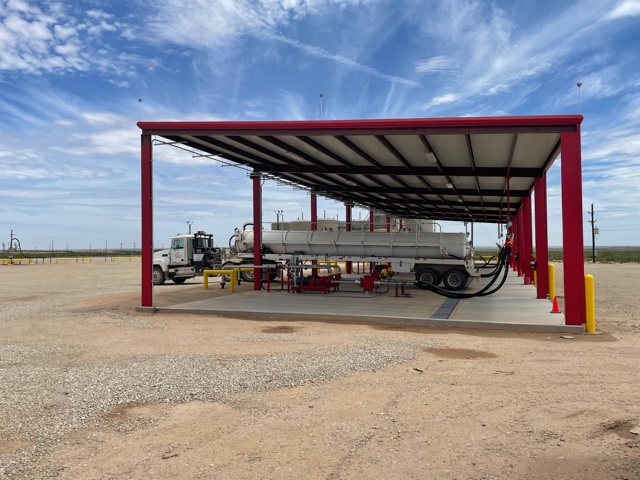The Oilfield Services (“OFS”) industry has long been known for its cyclicality, sharp changes in “direction” and demand-driven technological innovation. One segment of the OFS industry that is among those most subject to recent, rapid change is the Oilfield Water segment – including water supply, use, production, infrastructure, recycling and disposal. In this week’s Energy Valuation Insights blog, we look to key areas of the Oilfield Water segment – oilfield water disposal and oilfield water recycling – and address both recent trends and where the segment is going in the near-future.
Oilfield Water Disposal
The oilfield water disposal (saltwater disposal) industry remains dynamic with numerous forces driving change. Key among those forces are volume demand, growth in water recycling and rising seismic activity in key shale basins. With the rebound in oil prices since 2020, demand for oilfield water disposal has rebounded as well. While oilfield water recycling continues to grow rapidly in volume, there remains a very significant imbalance between produced water and recycling volumes. The portion of produced water that is being recycled was estimated at 20%, per Dr. Chris Harich, Chief Operating Officer at XRI during his presentation at the recent Oilfield Water Markets Conference (“OWMC”).
Additional recent factors impacting the saltwater disposal (“SWD”) industry, particularly in prominent U.S. shale plays in Oklahoma, Texas and New Mexico, is the distinct increase in seismic events that are attributed to oilfield production and waste disposal activity. In September 2021, the Texas Railroad Commission initiated added reporting, permitted volume reductions and even cessation of operations of certain SWDs near high seismic activity areas, referred to as seismic response areas (“SRA”). As a result of the rising demand for oilfield water disposal capacity and reduced disposal availability in certain areas, Kelly Bennett, CEO & Co-Founder of B3 Insight, expects (i) disposal capacity to remain far below produced water volume through 2026, (ii) increased demand for additional SWD facilities and a race for development of shallow SWDs, (iii) more produced water being transported outside of production areas for disposal, and (iv) a resulting rise in water management costs to producers. By J. David Smith, ASA, CFA, Senior Vice President Mercer Capital
